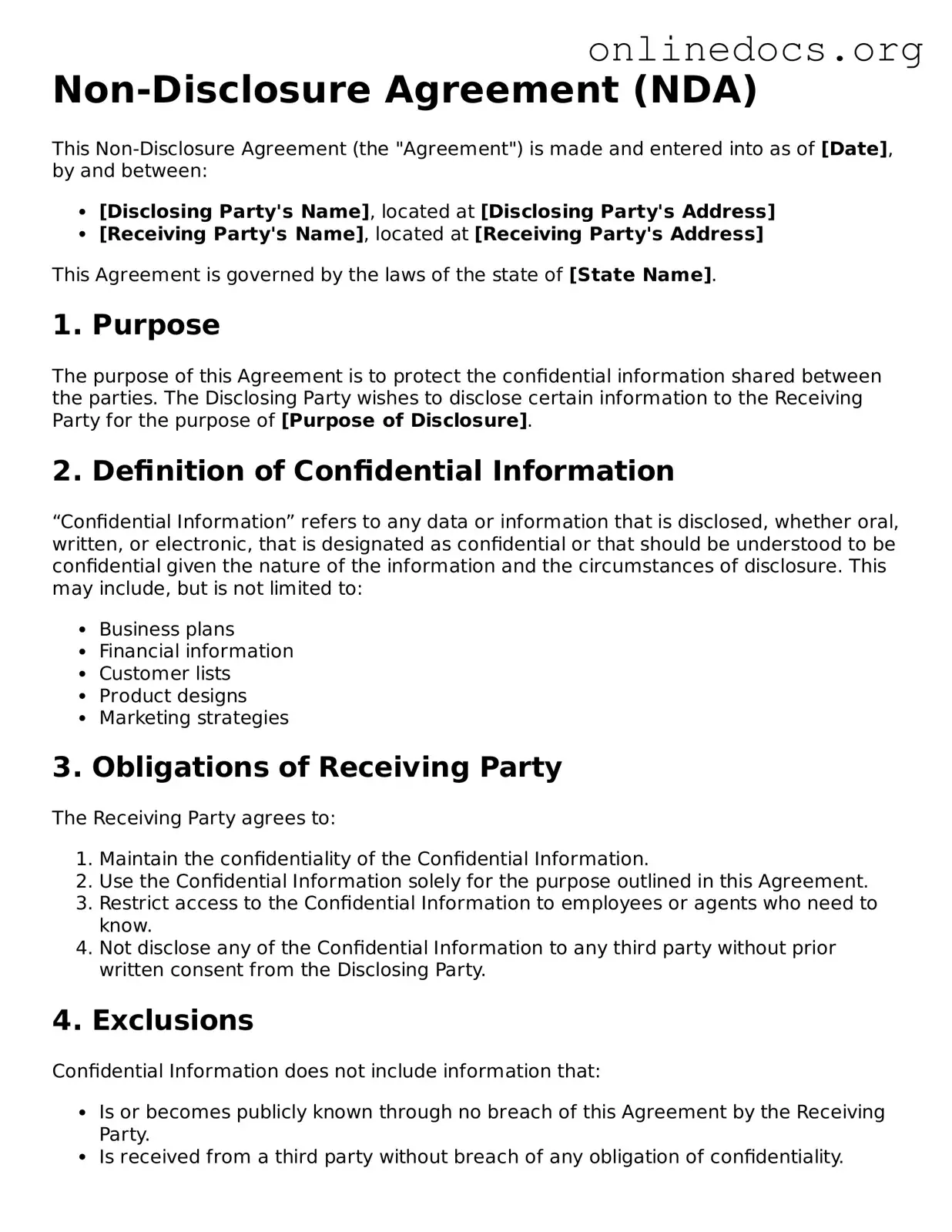A Non-Disclosure Agreement (NDA) shares similarities with a Confidentiality Agreement. Both documents aim to protect sensitive information from being disclosed to unauthorized parties. While an NDA typically focuses on preventing the sharing of proprietary information between businesses, a Confidentiality Agreement can be broader in scope. It often applies to various situations, including employee relationships and partnerships, ensuring that all parties involved maintain discretion regarding shared information.
A Mutual Non-Disclosure Agreement is another document akin to an NDA. In this case, both parties agree to protect each other's confidential information. This is particularly useful in joint ventures or collaborations, where both sides may need to share sensitive data. The mutual nature of this agreement fosters trust and encourages open communication, as both parties are equally bound by the terms.
An Employment Agreement often includes confidentiality clauses similar to those found in an NDA. Employers use these clauses to protect their trade secrets and proprietary information when hiring employees. Employees agree not to disclose sensitive information learned during their employment, thus safeguarding the company’s interests. This relationship is essential for maintaining competitive advantage in the marketplace.
A Licensing Agreement may also resemble an NDA. In this context, one party grants another the right to use certain intellectual property, such as patents or trademarks, under specific conditions. The agreement usually includes confidentiality provisions to ensure that the licensee does not disclose or misuse the proprietary information shared by the licensor. This protects the interests of the intellectual property owner while allowing for business growth.
A Non-Circumvention Agreement is another document that shares characteristics with an NDA. This agreement prevents one party from bypassing the other to engage directly with a third party. It often involves the sharing of sensitive business information, such as client lists or trade secrets. By establishing trust, this agreement ensures that all parties remain committed to the business relationship and do not exploit shared information for personal gain.
A Data Protection Agreement focuses on the handling of personal data and is similar to an NDA in its protective intent. Organizations use this document to outline how they will safeguard sensitive personal information, especially in compliance with regulations like GDPR or CCPA. The agreement establishes the responsibilities of each party regarding data security and confidentiality, ensuring that personal information remains protected.
A Service Agreement may also include confidentiality provisions similar to those in an NDA. When a service provider is hired, they may be exposed to sensitive information about the client’s business operations. This agreement outlines the expectations for confidentiality, ensuring that the service provider does not disclose any proprietary information learned during the course of their work.
A Partnership Agreement can bear resemblance to an NDA, especially when it includes clauses that protect confidential information shared between partners. In business partnerships, trust is crucial. These agreements help ensure that sensitive information, such as financial data or strategic plans, remains confidential and is not disclosed to outside parties, thus maintaining the integrity of the partnership.
A New York Residential Lease Agreement form is a legally binding document that outlines the terms and conditions under which a tenant agrees to rent property from a landlord in New York State. This form encompasses key details such as the duration of the lease, monthly rent, and responsibilities of both the landlord and the tenant. Ensuring clarity and mutual understanding, it serves as the foundation of a successful rental relationship. For more information, you can visit legalformspdf.com.
Finally, a Settlement Agreement may include confidentiality clauses similar to those found in NDAs. In legal disputes, parties often agree to settle out of court, and part of that settlement may involve keeping the terms confidential. This protects the interests of both parties and allows them to move forward without the risk of public scrutiny or further legal complications.
